

Add Wall Texture to Your Next Paint Project
Wall texture or drywall texture is a great way to add visual interest to a room. Some texture can even help to dampen sound, add a layer of protection, and hide some imperfections. Professionals may do some fancy wall finishes, but that doesn't mean you can't tackle texture this weekend. Follow our guide for a smooth (or bumpy) finish.
Physical Texture
You can add texture with a lite joint compound or drywall mud that is thinner than what a pro would use to install the drywall. Typically, it’s applied with paint rollers and/or a hopper spray gun. Adding texture to a wall can hide any seams, small dents, or imperfections on a wall. However, if you have a large space like a large living room or a complicated project, it's best to call in a professional.
Here are the most common drywall finishes for your home:
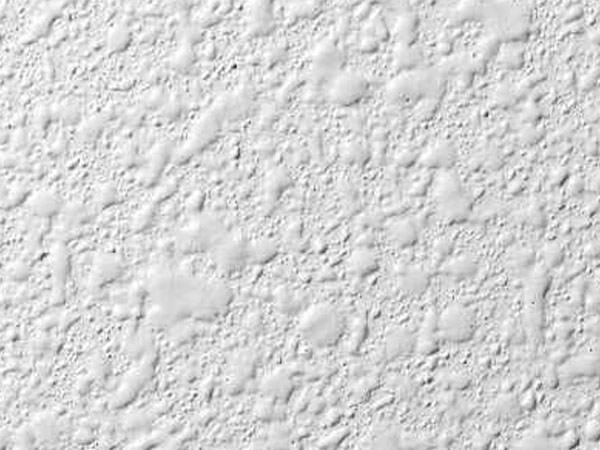

Orange Peel- This is a common and popular wall texture that has the finished appearance like the texture of an orange peel. The method is easy to apply with two coats of drywall mud. Sand down the first layer and apply the second layer with a hopper. While still wet, use a nap roller to achieve the desired look.
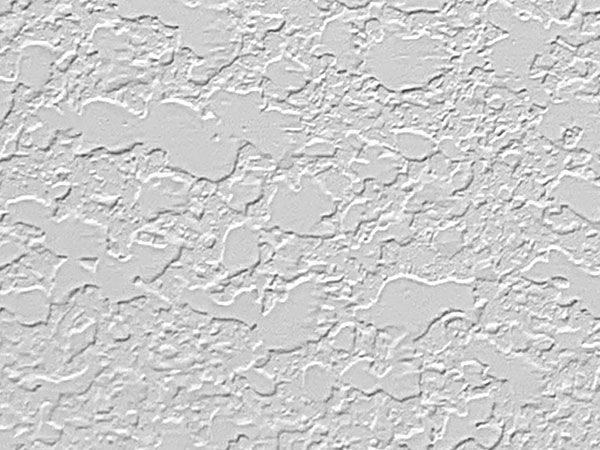
Knockdown- This texture provides the same look as stucco. The same application method is used as with orange peel, but a trowel smooths out or “knocks” down the bumps created by the roller.
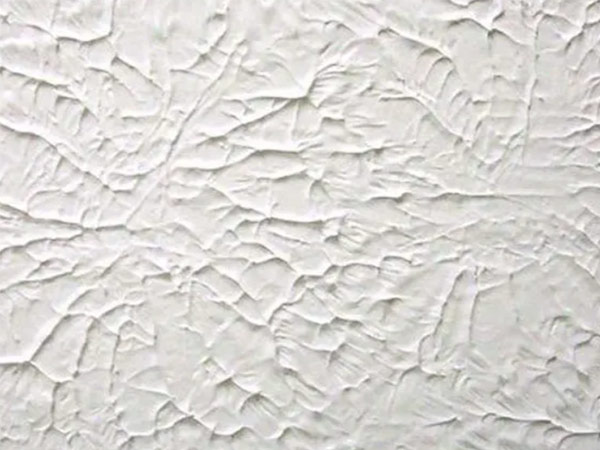
Slap Brush- Here is where drywall finishing turns into an art form. This texture requires the use of a specific brush with its bristles spread or fanned out. While the mud is still wet, the brush is then used to apply or “slap” on more mud for this specific look. The drywall finisher has control over the final designs made by the brush.
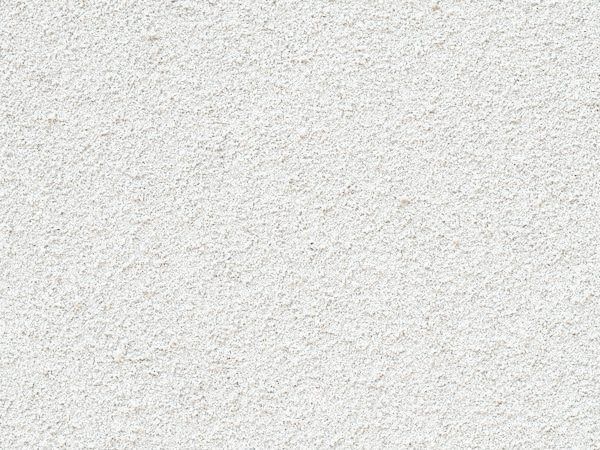
Spray Sand- This texture is less commonly used but is applied to the ceiling and sometimes walls. It looks similar to orange peel; however, it doesn’t have the same separated or cracked look. Spray sand is made by mixing sand, primer, water, and mud into a hopper. The resulting mixture is then sprayed evenly across the surface.
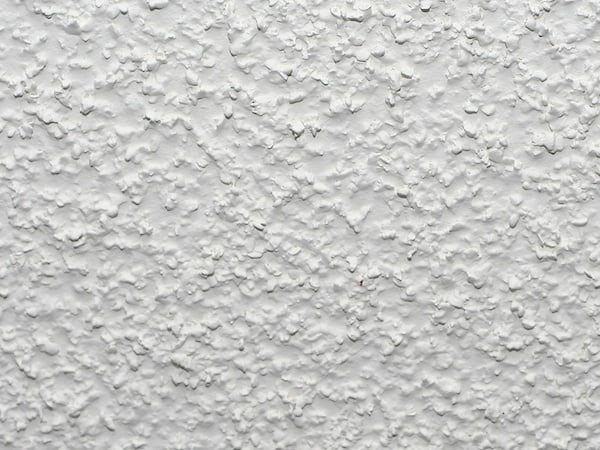
Popcorn- Popular for many decades, the popcorn texture is used almost exclusively on ceilings. The finished texture is rough with puffed out bumps to create the signature “popcorn” look. The texture is a mix of drywall mud with polystyrene chips that expand in water giving it the puffed appearance. This mixture is applied with a hopper and sprayer.
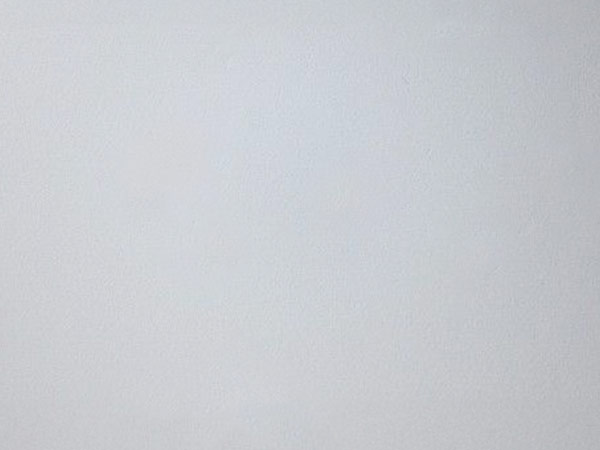
Smooth- The smooth texture is just what it sounds—no physical bumps or roughness. Finishing layers of joint compound are smoothed out along the entire wall with a trowel and no bumps are left behind. This creates a blank canvas for any decorative additions by the homeowner.
Orange Peel- This is a common and popular wall texture that has the finished appearance like the texture of an orange peel. The method is easy to apply with two coats of drywall mud. Sand down the first layer and apply the second layer with a hopper. While still wet, use a nap roller to achieve the desired look.

Knockdown- This texture provides the same look as stucco. The same application method is used as with orange peel, but a trowel smooths out or “knocks” down the bumps created by the roller.

Slap Brush- Here is where drywall finishing turns into an art form. This texture requires the use of a specific brush with its bristles spread or fanned out. While the mud is still wet, the brush is then used to apply or “slap” on more mud for this specific look. The drywall finisher has control over the final designs made by the brush.

Spray Sand- This texture is less commonly used but is applied to the ceiling and sometimes walls. It looks similar to orange peel; however, it doesn’t have the same separated or cracked look. Spray sand is made by mixing sand, primer, water, and mud into a hopper. The resulting mixture is then sprayed evenly across the surface.

Popcorn- Popular for many decades, the popcorn texture is used almost exclusively on ceilings. The finished texture is rough with puffed out bumps to create the signature “popcorn” look. The texture is a mix of drywall mud with polystyrene chips that expand in water giving it the puffed appearance. This mixture is applied with a hopper and sprayer.

Smooth- The smooth texture is just what it sounds—no physical bumps or roughness. Finishing layers of joint compound are smoothed out along the entire wall with a trowel and no bumps are left behind. This creates a blank canvas for any decorative additions by the homeowner.
Other Ways to Add Texture
If adding texture to your wall with a drywall compound is too much of a project, you can also add texture with:
Spray- This option uses a spray can to add texture instead of having to lug out a hopper gun. These are typically for smaller areas or drywall repair.
Sponge- A textured painting sponge can be used to give the look of a textured wall using your paint instead of adding physical texture. This one is the easiest option as you just dab your sponge across the wall area with your paint.
Roller- This is done using a drywall compound and mixing it with water to a cake batter consistency. You will then use a paint roller to roll on the texture then paint with your choice of color.
Texture additives- This is a roll-on texture option that mixes in with your paint and requires less skill to use than spraying with a hopper gun. These can range from a fine texture to coarse.
Tips When Applying Texture
- Always test your application method on some scrap cardboard or drywall before applying it to your walls. Make sure you know what the drying time is and how long it might take you to complete.
- Always prime before you paint.
- Patch up any drywall holes before you begin.
- The texture needs to be the correct consistency otherwise it will smear if too wet or appear bulky or even crack if too dry. A cake batter is a good consistency if you are using a drywall compound.
- Texture guns can be used with an air compressor or can be manual.
- Remove any old texture or paint before you begin.
Ready to get started? McCoy's has everything you need for your next project; from the small to the complicated. Need help picking out all your materials? No problem. Stop in and we'd love to chat drywall textures and repair with you. No time to drop by? Use our convenient delivery service and have all you need at your doorstep.
